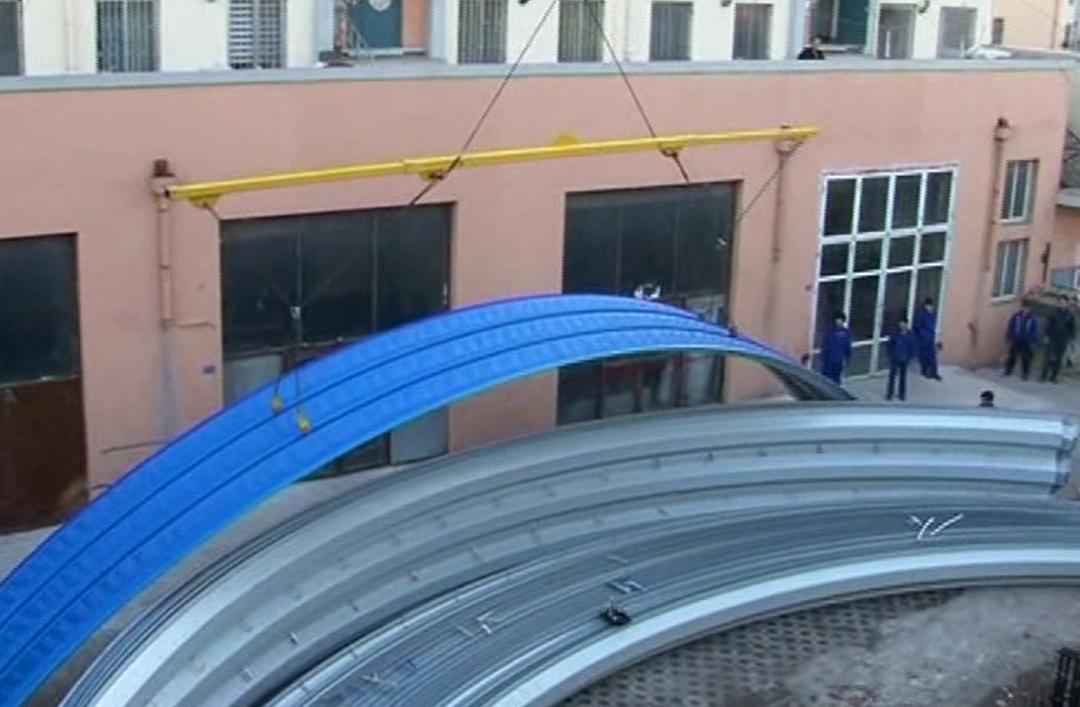
Understanding Tube Mill Machines Design, Functionality, and Applications
A tube mill machine is an essential piece of equipment in the manufacturing industry, particularly for producing welded tubes and pipes. These machines are designed for high efficiency and precision, enabling manufacturers to produce a variety of tube shapes, sizes, and materials to meet diverse industrial needs. In this article, we will explore the design, functionality, and applications of tube mill machines.
Design and Components
A typical tube mill machine consists of a series of components that play significant roles in the manufacturing process. The key components include
1. Uncoiler This device feeds the raw material, usually in the form of flat steel strips, into the machine. The uncoiler unwinds the strip and prepares it for forming.
2. Forming Stations These are multiple sets of rollers that gradually shape the flat strip into a tube. The forming stations can vary in number depending on the design of the machine and the desired tube specifications. The key aspect of this stage is ensuring consistent pressure and alignment as the strip is gradually formed.
3. Welding Section Once the strip is formed into a cylindrical shape, it is welded together to create a solid tube. Various welding techniques may be employed, such as high-frequency induction welding or laser welding, depending on the tube's intended application and material properties.
4. Sizing Section After welding, the tube goes through sizing stations that ensure it meets the required dimensions. The sizing process also helps to correct any deformities that may have occurred during the forming and welding stages.
5. Cut-off Section Once the tube has been sized, it is cut to the desired length using a cut-off machine or saw. This section ensures that the finished product meets length specifications for further processing or direct sale.
6. Stacker Finally, the finished tubes are collected and stacked for packaging or further processing. The stacker typically aligns and organizes the tubes to facilitate easy handling and transportation.

Functionality
The functionality of a tube mill machine lies in its ability to produce high-quality tubes at high speeds. The continuous operation of the machine allows for maximum output with minimal downtime. A well-designed tube mill can produce thousands of feet of tubing in a single shift, making it a vital asset for manufacturers in various sectors.
The automation features of modern tube mill machines have further enhanced their performance. Advanced control systems allow manufacturers to monitor the production process in real-time, ensuring quality control and process optimization. This level of automation helps reduce labor costs and increases overall productivity.
Applications
Tube mill machines have a wide range of applications across different industries. Common uses include
- Construction Tubes produced by tube mills are critical for constructing frameworks, scaffolding, and other structural elements in residential and commercial buildings.
- Automotive The automotive industry relies on tube mills to produce exhaust pipes, chassis components, and safety features, emphasizing the need for durable and lightweight tubing.
- Oil and Gas Tubes used in the oil and gas sector must withstand high pressures and corrosive environments. Tube mill machines are capable of producing specialized tubes that meet the stringent requirements of this industry.
- Manufacturing General manufacturing processes require tubular components for machines, conveyors, and various equipment.
In conclusion, tube mill machines play a crucial role in the production of welded tubes and pipes across multiple industries. Their efficient design, advanced functionality, and versatility make them indispensable tools in modern manufacturing. As technology continues to evolve, we can expect further innovations in tube mill machinery that will enhance productivity and quality in the production process.